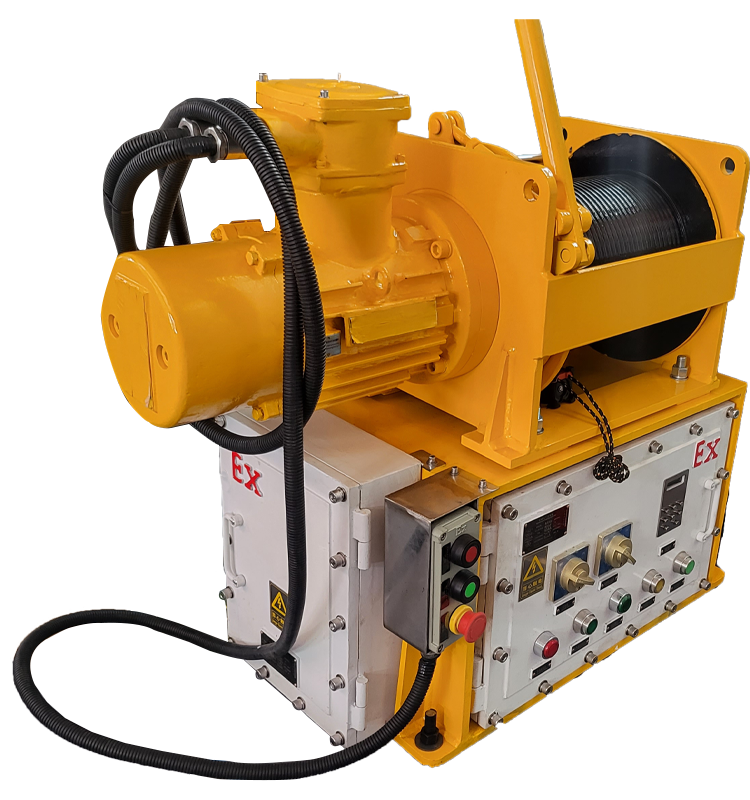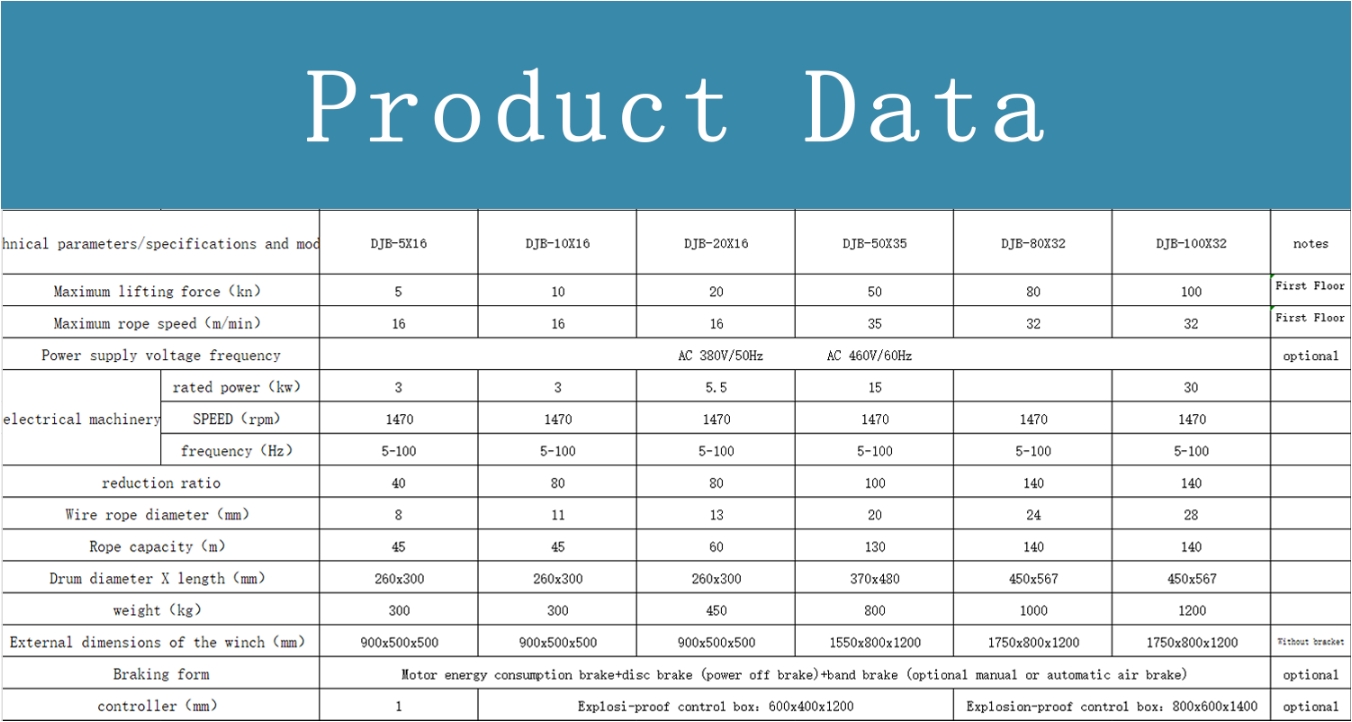 中文版
中文版



Welcome to contact us by phone:0086-0312-7969888
Electric winches come in various types, each designed for specific applications and operational requirements. Here are some common types of electric winches:
Vehicle-Mounted Electric Winch:
Mounted on vehicles, such as trucks, SUVs, and off-road vehicles, for self-recovery, towing, and assisting other vehicles in challenging terrains.
Industrial Electric Winch:
Used in industrial settings, construction sites, and manufacturing plants for material handling, lifting, and positioning heavy loads.
Marine Electric Winch:
Designed for use on boats and ships, these winches are used for tasks such as raising and lowering anchors, handling sails, and lifting or moving cargo.
Utility Electric Winch:
Versatile winches used in utility trucks, service vehicles, and general-purpose lifting operations.
Portable Electric Winch:
Compact and easily transportable winches designed for applications where mobility is crucial, such as off-road adventures, camping, and temporary lifting tasks.
Capstan Winch:
A type of electric winch that uses a rotating drum (capstan) to wind and unwind rope or cable. Capstan winches are often used in marine and industrial applications for tasks like mooring and towing.
ATV/UTV Electric Winch:
Specifically designed for all-terrain vehicles (ATVs) and utility task vehicles (UTVs), these winches are compact and lightweight for off-road use.
Hoist Winch:
Designed primarily for lifting applications, hoist winches are used in construction, manufacturing, and other industries for vertical lifting of loads.
Wire Rope Winch:
Utilizes a wire rope or cable for lifting, pulling, or positioning heavy loads. Wire rope winches are common in construction, mining, and industrial applications.
Synthetic Rope Winch:
Instead of wire rope, these winches use synthetic ropes (such as nylon or Dyneema) for lifting and pulling. They are lightweight and easier to handle compared to traditional steel cables.
Heavy-Duty Electric Winch:
Designed for applications requiring high lifting capacities and durability, such as in mining, construction, and heavy industrial settings.
Constant Tension Winch:
Maintains a consistent level of tension on the cable or rope during winding and unwinding operations. Commonly used in applications where precise tension control is crucial.
Pile Top Winch:
Specifically designed for driving piles in construction and foundation work, providing the force needed to insert piles into the ground efficiently.
Freefall Winch:
Designed for rapid descent of loads, often used in marine applications for quick deployment and retrieval.
Air-Driven Electric Winch:
Some electric winches can be powered by compressed air, making them suitable for applications where electric power sources may not be practical or safe.
The choice of electric winch depends on factors such as the specific application, required load capacity, speed, and environmental conditions. Each type of electric winch has its own advantages and limitations, and selecting the right type is crucial for achieving optimal performance in a given application.

X